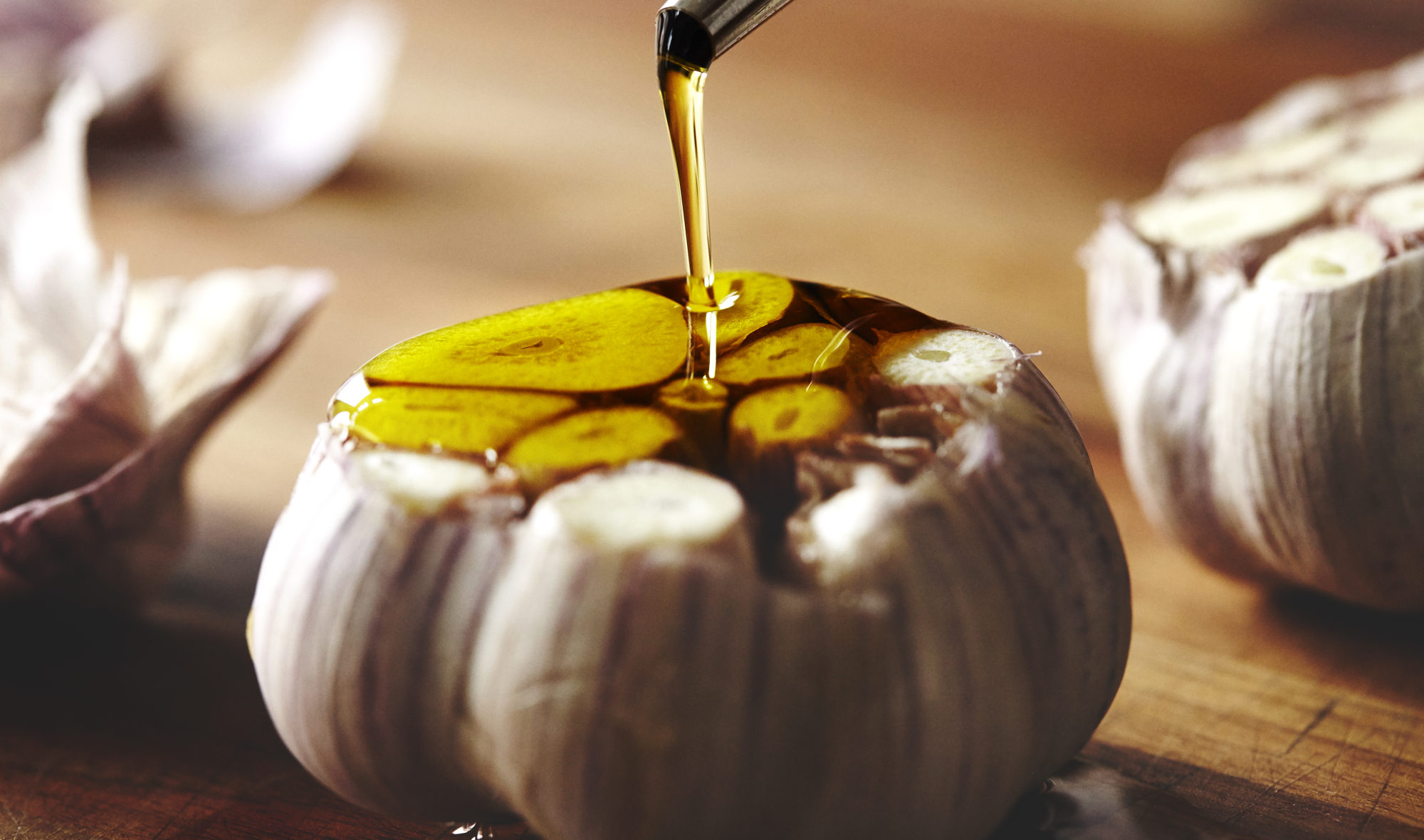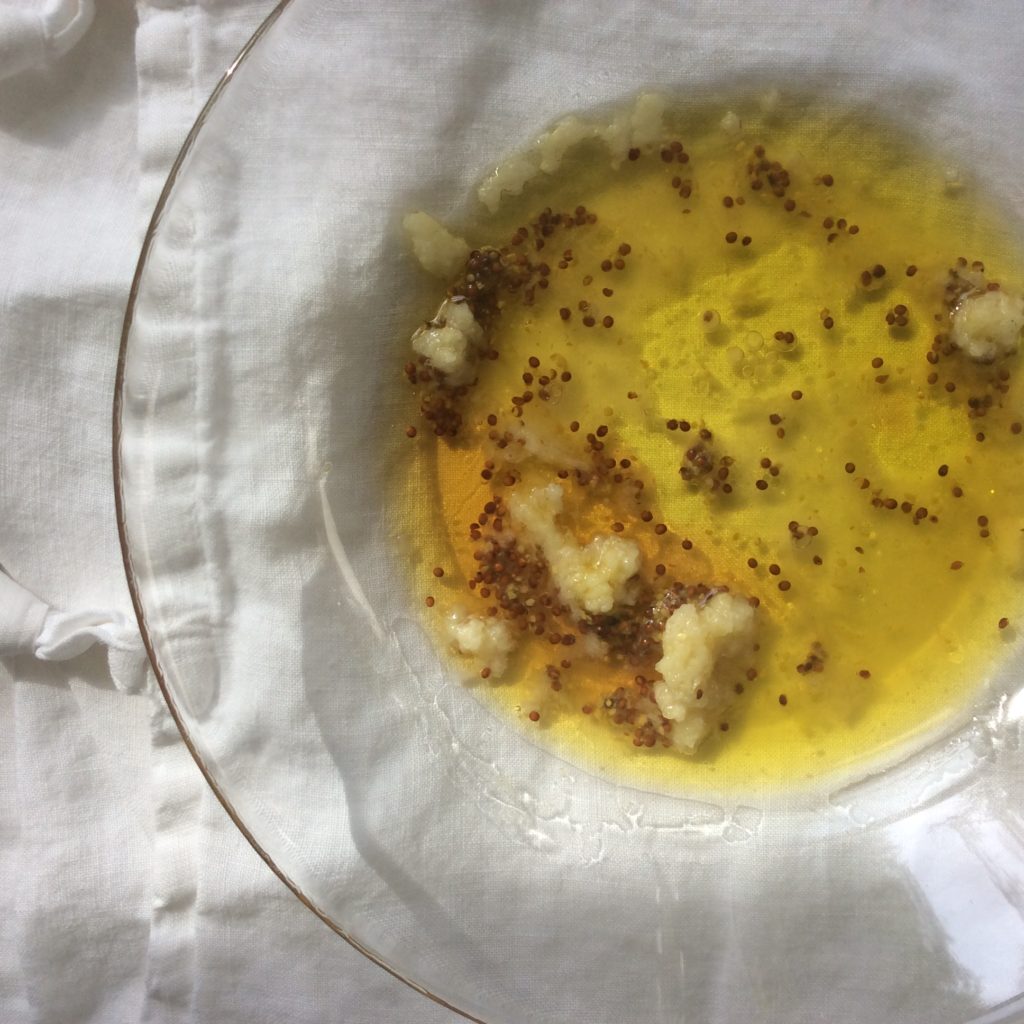
NEW! Lowest Monthly Payment Plan Ever—Master Health Coaching Certification. This week only.

NEW! Lowest Monthly Payment Plan Ever—Level 2 Master Health Coaching Certification.

Olive oil comes from the fruit of the olive tree, which grows prolifically throughout the Mediterranean basin and is one of the oldest food crops in the world. High in monounsaturated fats, which help to improve cardiovascular health, olive oil is also rich in polyphenols and other antioxidants that protect against cancers. Best of all, it is easy to use and delicious.
Olive oil is a fat derived from the fruit of the olive tree (Olea europaea), a traditional crop of the Mediterranean basin. The fruit is crushed and mechanically treated (via press or centrifuge) to release the oil, which is then filtered for culinary and other uses. Renowned for its fruity, peppery taste, its fragrant aroma, and its beautiful golden-green color, olive oil also offers distinctive health benefits.
Olive oil is largely made up of monounsaturated fat, with 75% of its fat content coming from oleic acid, an omega-9 fatty acid. Diets high in oleic acid can reduce overall blood cholesterol and raise HDLs (or good cholesterol) as well as reduce blood pressure.
What’s more, olive oil is bursting with polyphenols and other antioxidants, which help to reduce the risk of many cancers. It may even improve bone health and provide some cognitive benefits.
Olive oil has a long and storied history. For thousands of years, the olive tree has been a symbol of peace and wisdom in many cultures. Spain, Italy, and Greece are among the largest producers (and consumers) of olive oil, but it is a staple in all Mediterranean countries and increasingly, around the world.
Olive oil is liquid at room temperature. It can be pale yellow to greenish-gold in hue. It has a fruity, peppery, slightly bitter taste and a rich, yet subtle aroma.
Extra-virgin olive oil (EVOO) is the unrefined oil drawn from the first pressing of olives; it has the most delicate flavor and the greatest health benefits.
Virgin olive oil, also derived from the first treatment, is slightly more acidic.
Olive oils labelled “pure” or “light” or by other names are typically lower quality or blended oils that have undergone chemical treatment. It’s best to avoid them.
Unfortunately, good olive oil is expensive and time-consuming to make. So lesser oils are sometimes adulterated and sold as oils of higher quality. In fact, some experts claim that corruption and fraud is the rule in this industry.
How can you tell the difference between a fake oil and the genuine article? It’s not always easy. But most countries have regulations in place to help maintain standards.
Look for the PDO (protected designation of origin) and PGI (protected geographical indication), or other similar markers (DO, AOC, DPO) on European labels. These may not provide an absolute guarantee, but they do offer some assurance of quality.
One tablespoon (13g) of olive oil contains 119 calories, 14g of fat (2g of which is saturated fat), no carbohydrates and no protein.
Olive oil is high in antioxidant and anti-inflammatory phytonutrients, including polyphenols such as tyrosols, flavones, and anthocyanidins. It is a good source of vitamin E. And it is unusually high in oleic acid, which provides cardiovascular-protective benefits.
First, choose extra-virgin or virgin olive oils.
If possible, buy from a seller who keeps the oil in temperature controlled, stainless steel barrels and dispenses only small amounts at a time.
Ask to taste the oil to ensure you like it. Many olive oil “bars” have opened in recent years, and trying a variety of different oils is a great way to determine your own preferences (as well as the quality).
Avoid oils that seem musty, moldy, greasy, flat, or too sharp.
Buy oils that have been protected from light, and if buying bottled oils, look for those labeled with the date and buy only from the current year’s harvest. Not every oil is marked with the date of harvest, but as buyers become more discerning, reputable growers and sellers are adding this information.
Store olive oil in a cool, dark place, like a pantry cupboard.
There is some debate about the best container. Tinted glass is popular, as are metal tins. Either are better than plastic.
Buy only as much oil as you will use within a couple of months. Because of its high proportion of monounsaturated fats, olive oil is somewhat more stable than other vegetable oils, but exposure to light and heat eventually degrades it and makes it turn rancid. This affects its nutritional properties as well as its taste.
Olive oil can be used as is, straight out of the bottle, to dress salads and cooked vegetables.
You can also cook with olive oil. Some nutritional value may be lost when olive oil is subjected to direct heat, especially high heat. It should not be used for deep frying. But in comparison to other oils, it typically degrades less, so it is fine to sautée with olive oil at a lower temperature. You can also use it as an ingredient in other foods.

This vinaigrette is the perfect addition to any salad. It's easy to make and absolutely delicious.
Prep Time: 5 minutes Cook Time: 0 minutes Yield: Vinaigrette for 8-10 salads
Combine all of the ingredients and stir to combine; adding more vinegar if you want it more tart.
Store in airtight container in the refrigerator for up to 5 days.
Enjoy.
Precision Nutrition’s Encyclopedia of Food expands every single month as we highlight new foods and showcase beautiful food photography. If you’d like to stay up to date, simply click this link. From there, we’ll send you a FREE copy of our recipe book. We’ll also let you know when new and delicious foods are added to the site.
Olive oil comes from the fruit of the olive tree, which grows prolifically throughout the Mediterranean basin and is one of the oldest food crops in the world. High in monounsaturated fats, which help to improve cardiovascular health, olive oil is also rich in polyphenols and other antioxidants that protect against cancers. Best of all, it is easy to use and delicious.